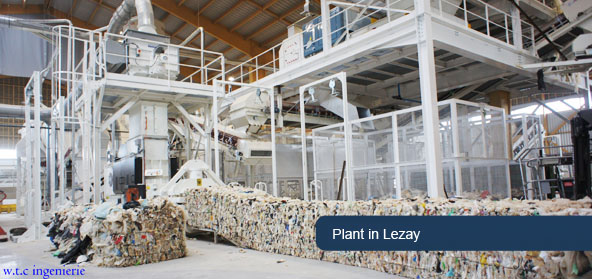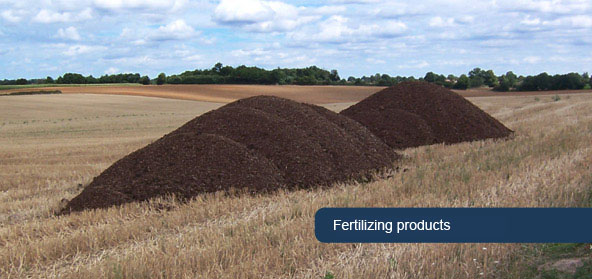News
- Published on 19-02-2014
Inauguration OXALOR plant at Lezay, France

Oxalor at Lezay : "A revolution"
As a result of an idea launched in 1997, the Oxalor household waste treatment and valorization plant at Lezay, France, has been officially inaugurated on February 15th 2014.
Read more
The OXALOR® Process
Principle : a 100% natural, fully controlled and fast exothermic reaction
The OXALOR® technology is an innovative and industrialized process for the treatment and valorization of raw household and assimilated waste. The technology consists of an attack of the organic fractions by a reagent called « CALOX® » which is based on Calcium Oxide (CaO) : a well-known chemical principle optimized and redefined by the OXALOR® Group into a «high-tech» solution.
A 100% physico-chemical natural reaction allowing waste stabilizaton and sanitization
The incoming waste and materials undergo a fast (less than 3 hours) and natural exothermic reaction (approx. 90°C). As a consequence, the treated outgoing waste is sanitized and dehydrated thus creating no odours nor lixiviats.
Separation and Valorization
Four distinct fractions constitute the products issued from the treatment :
- A dehydrated and sanitized degraded organic fraction allowing its agronomical valorization.
- A sanitized non-organic fraction (PET, ferrous and non-ferrous materials) allowing a valorization through the recycling industry.
- An RDF fraction (refuse-derived fuel) allowing "waste-to-energy" valorization.
- An inert fraction (which is neither chemically or biologically reactive and will not decompose) is destined to be landfilled. This concerns only a small part of the treated waste (5 to 10%).
-
VALOROM sas (Holding - Licences)
 Siège social : 4 Rue Marivaux, Paris 2ième, France
Siège social : 4 Rue Marivaux, Paris 2ième, France
-
RSU Industrie SARL (Marketing)
 Siège social : 4 Rue Marivaux, Paris 2ième, France
Siège social : 4 Rue Marivaux, Paris 2ième, France
-
VPO Environnement sas (Exploitation)
 Siège social : Pleine du Château, 79120 Lezay, France
Siège social : Pleine du Château, 79120 Lezay, France
-
Waste.Treatment.Code sas(WTC)
Constructeur-Ensemblier - Ingénierie Siège social : 6 Avenue Neil Armstrong, 33692 Merignac, France
Siège social : 6 Avenue Neil Armstrong, 33692 Merignac, France
Siret : 942 317 946
Tél +33 661 347 263 - +33 698 787 263
Fax : +33 553 668 104





